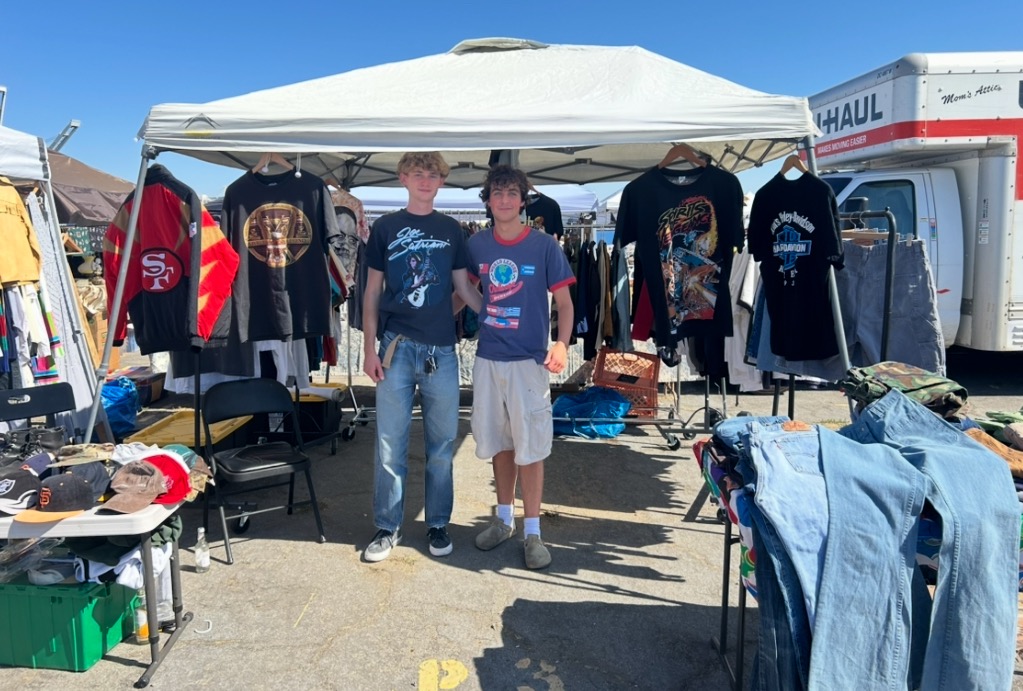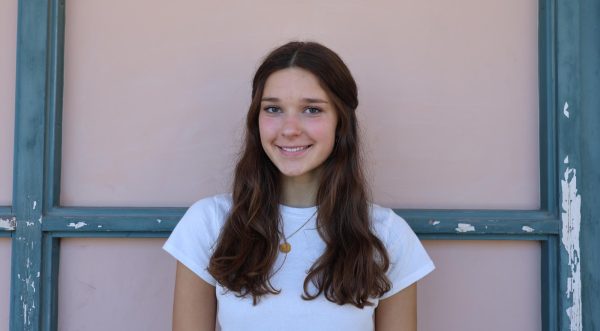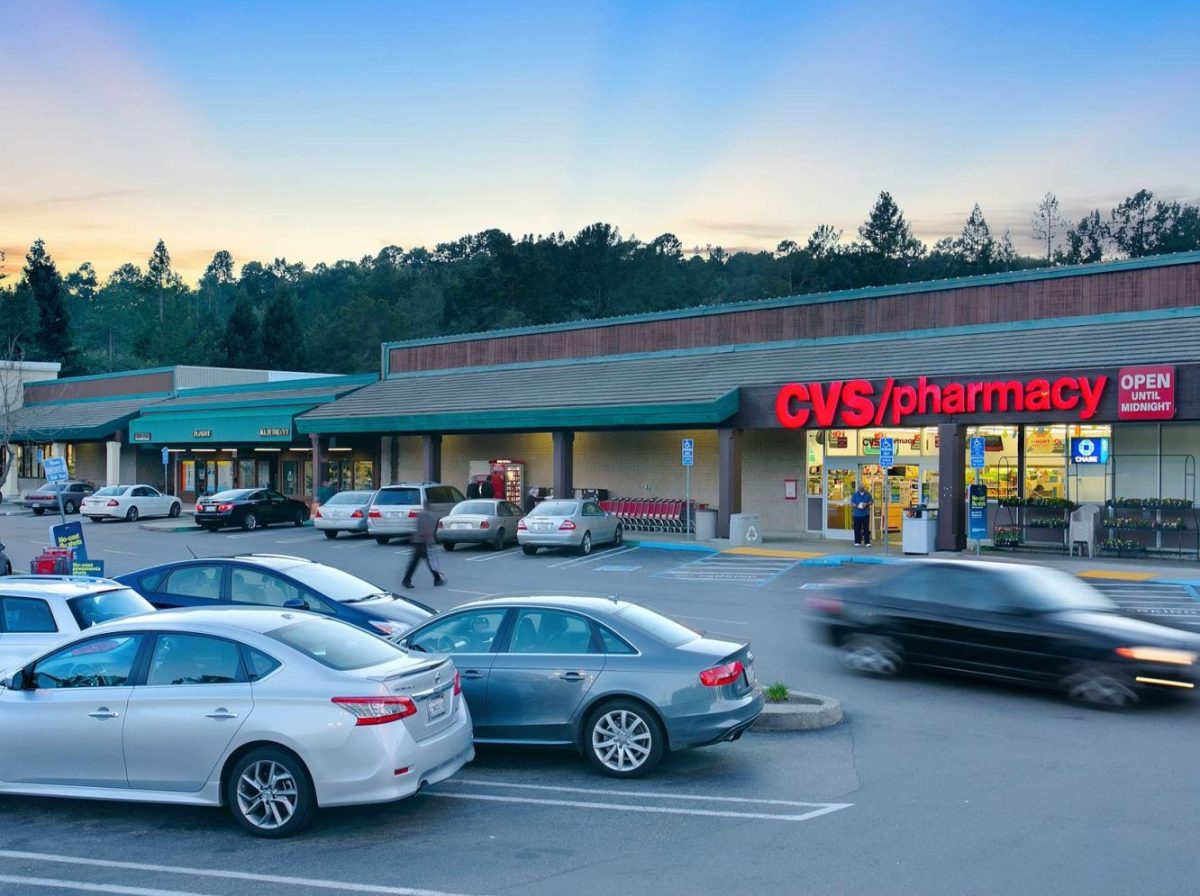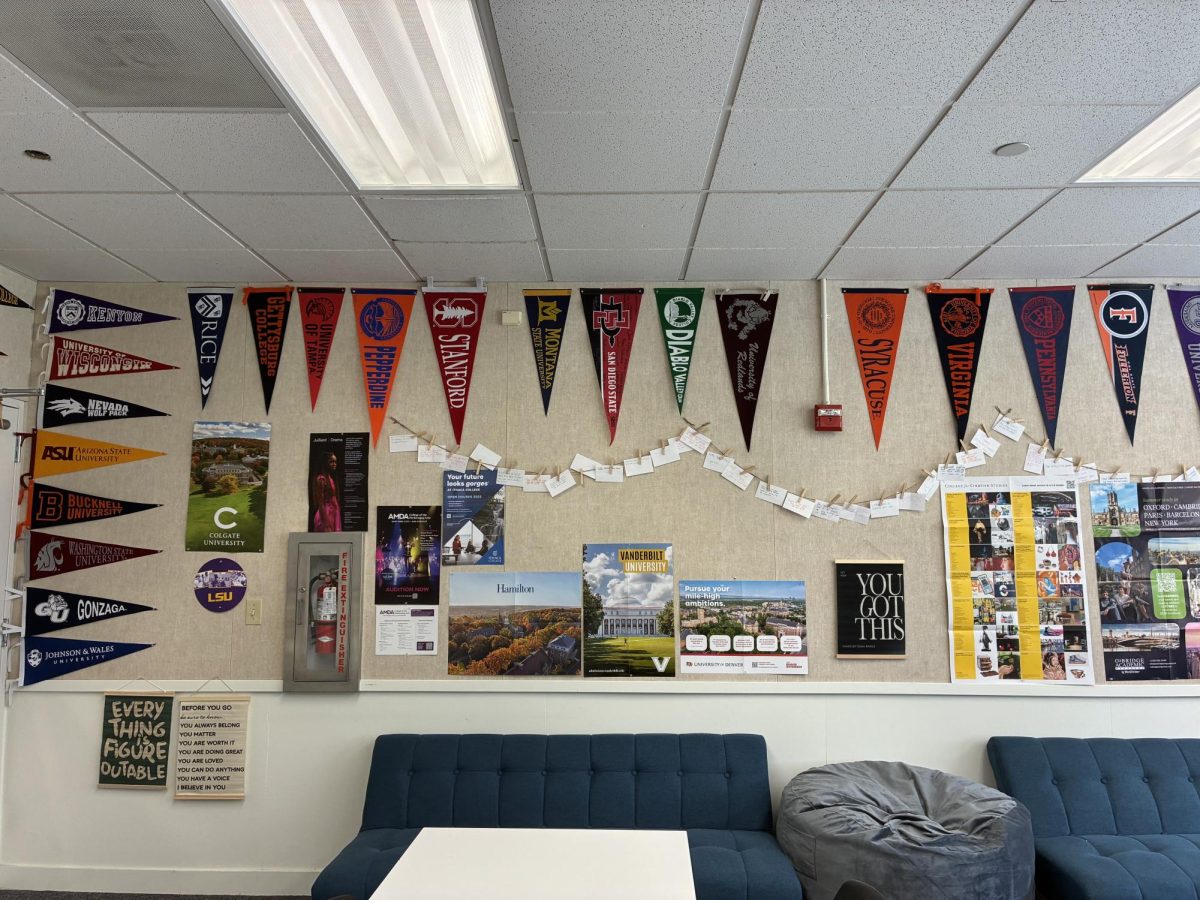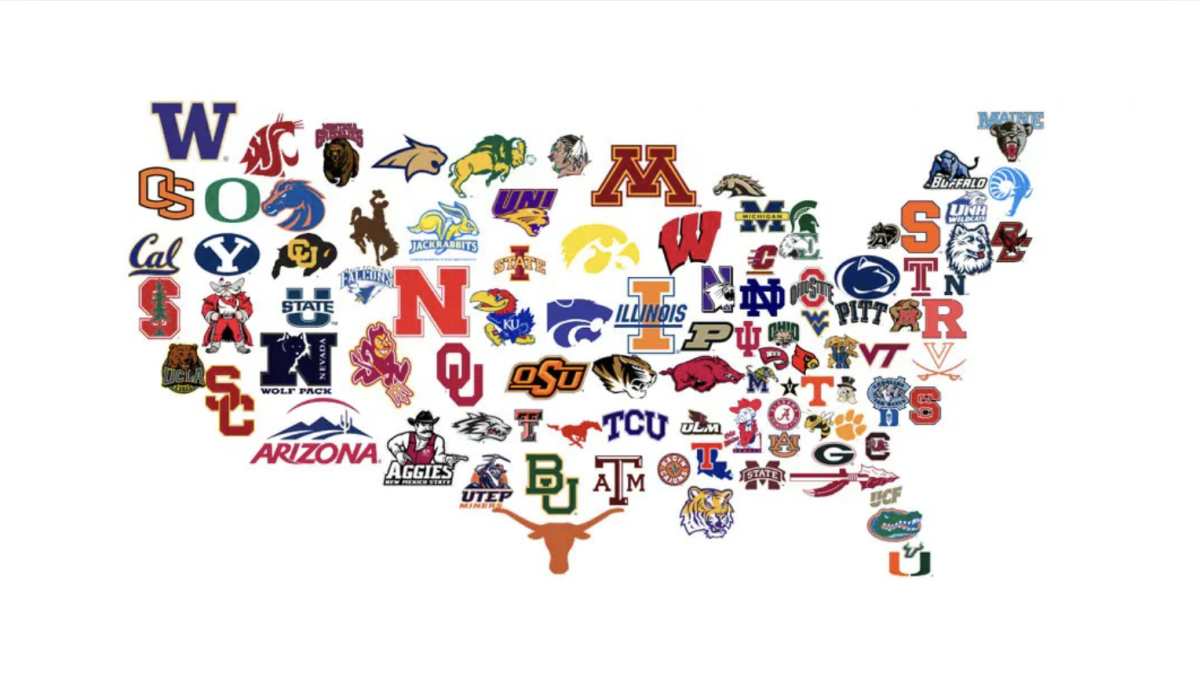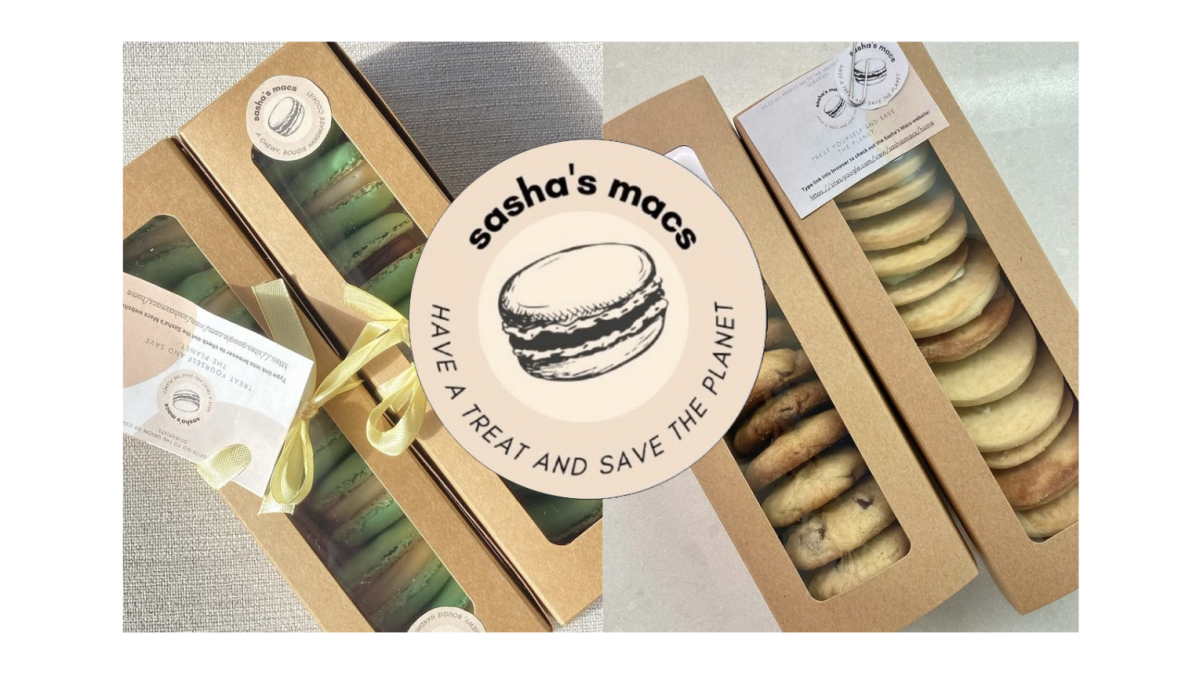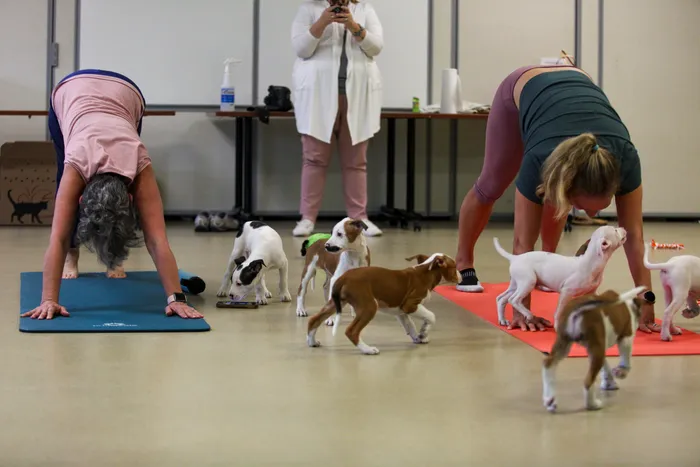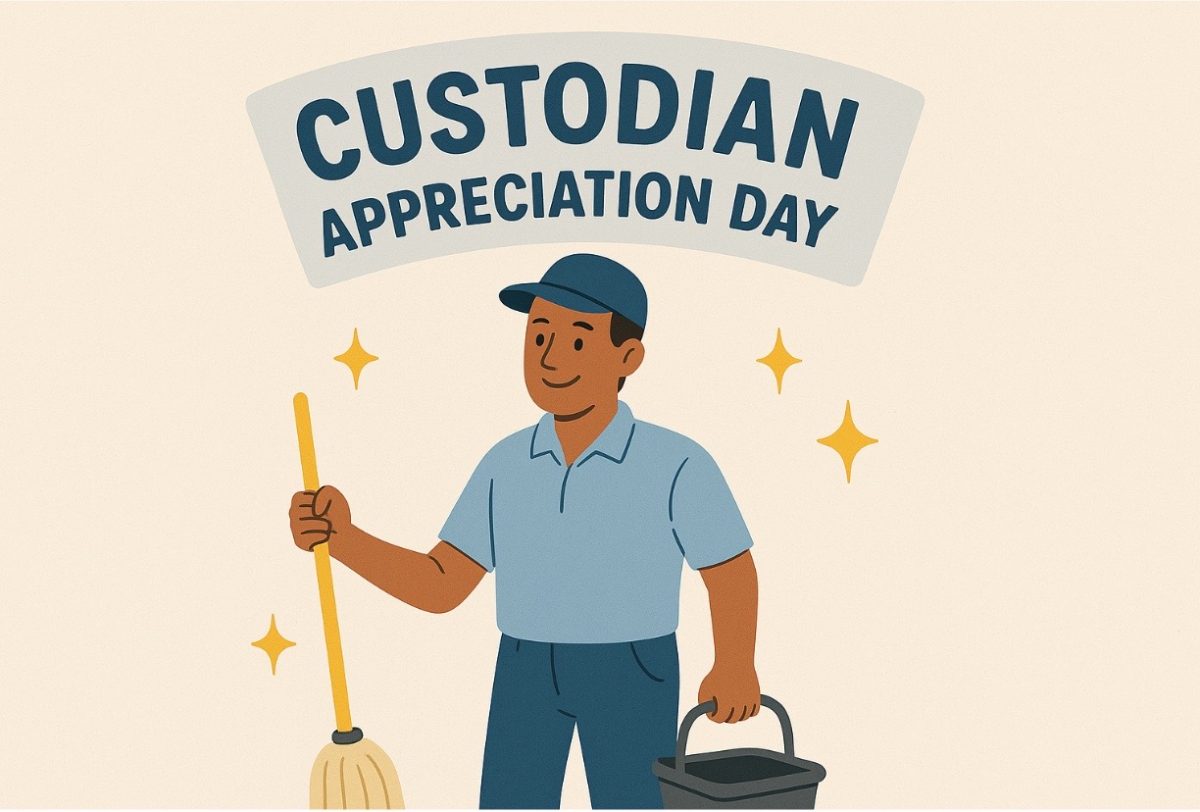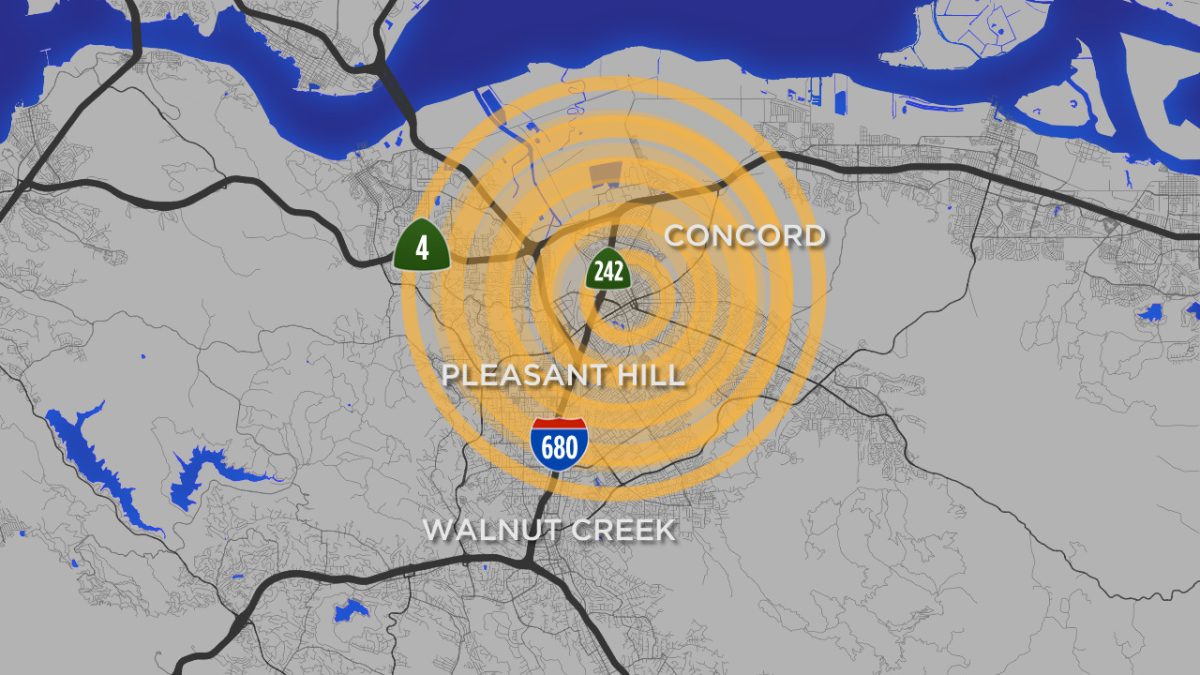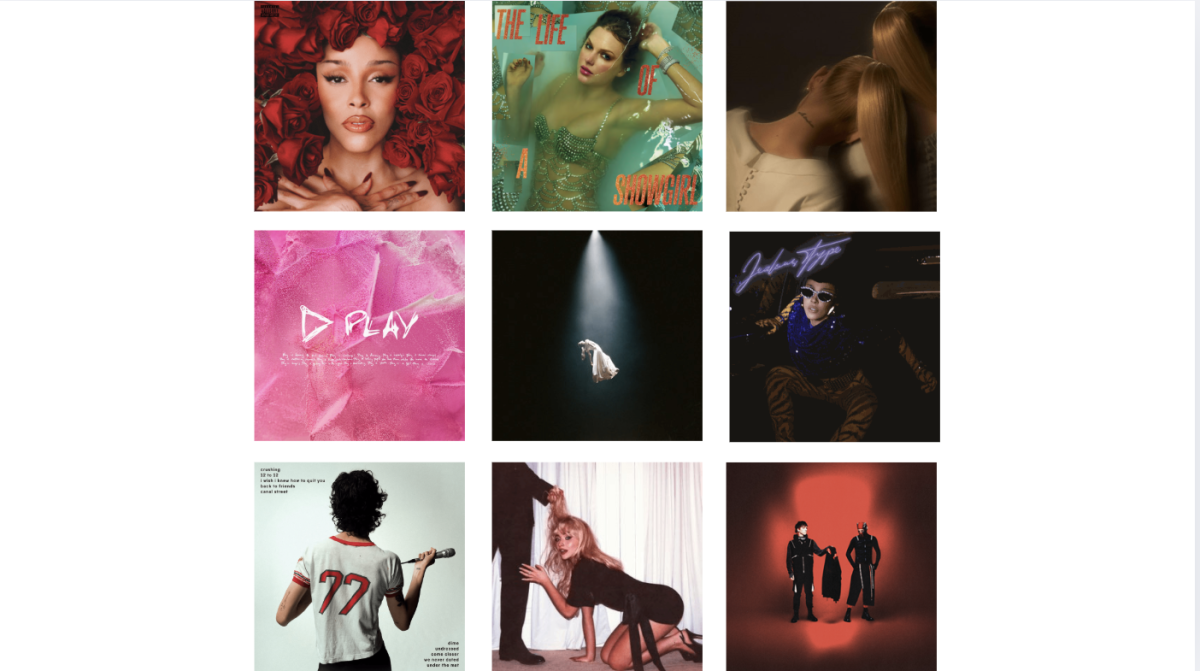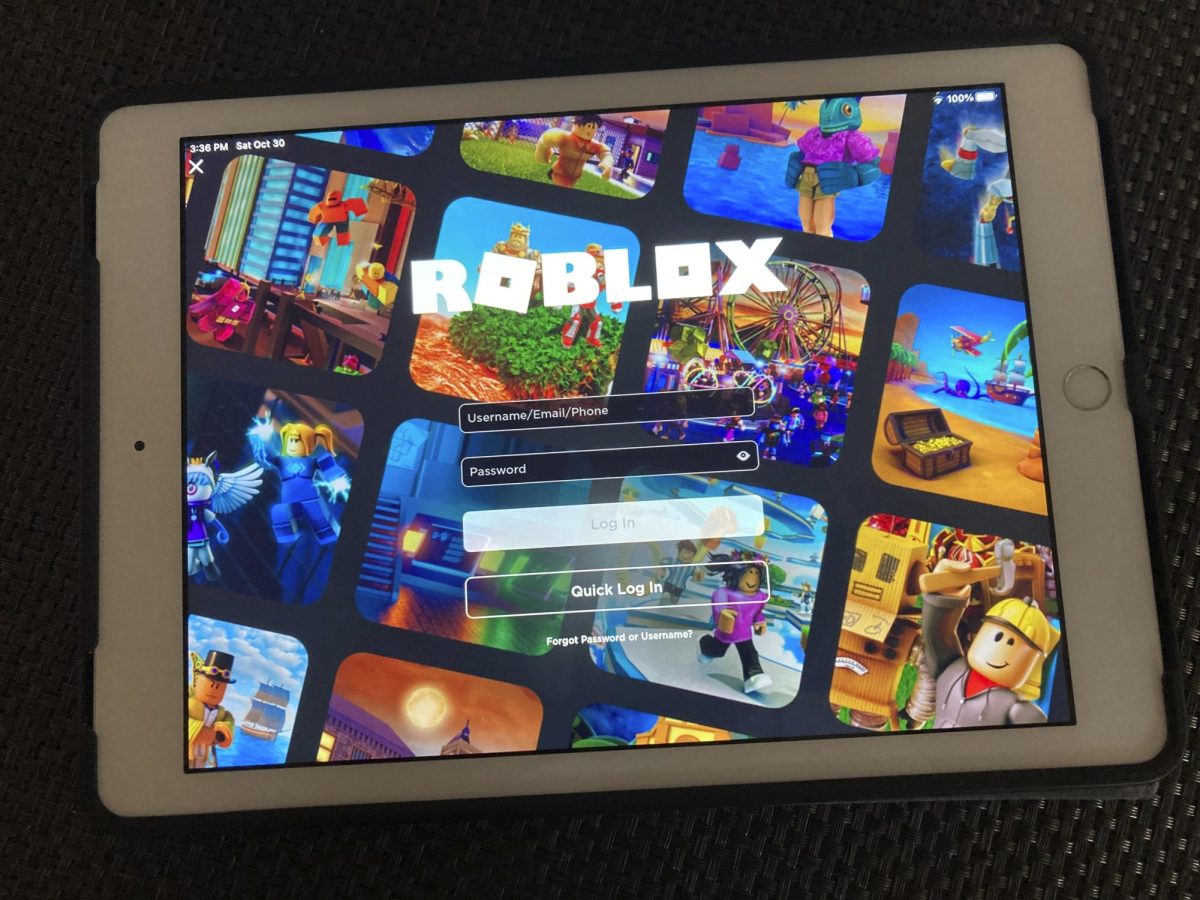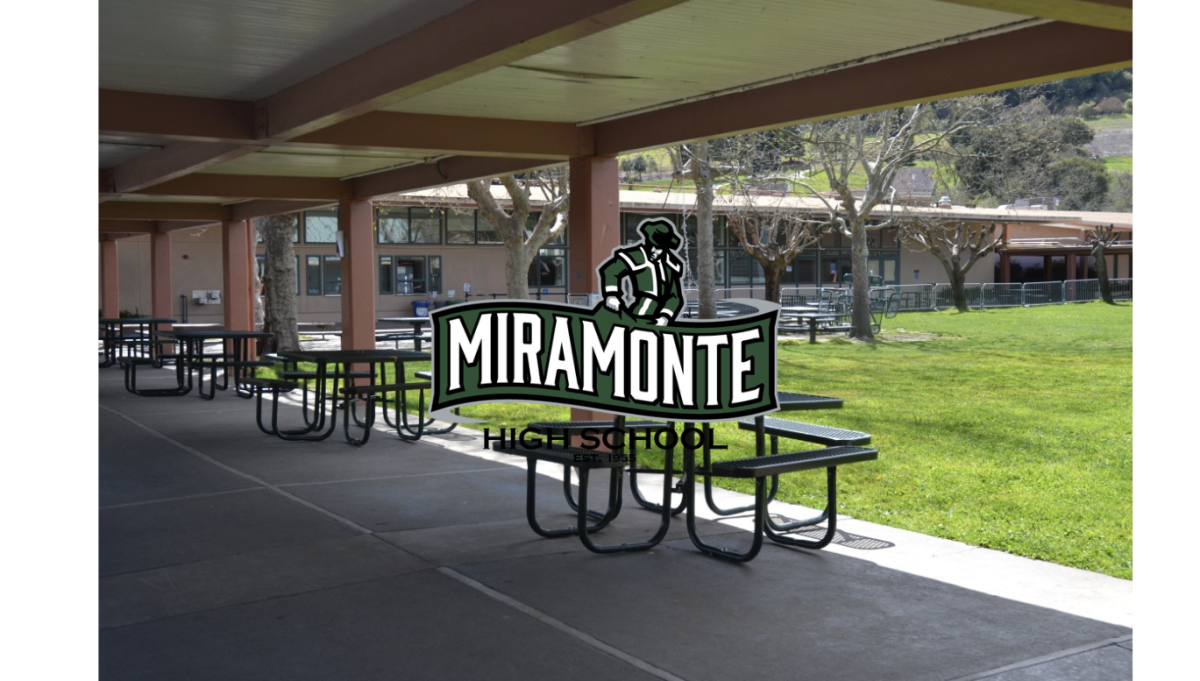A typical Miramonte student does not start their Sunday mornings at 2 a.m.; however, this isn’t the case for senior Nico Burgoyne. On the first Sunday of every month, the Alameda Point Antiques Faire fills with hundreds of vendors. Among them is Nico Burgoyne, who has spent the past week curating a collection of vintage clothing ready to be sold.
Burgoyne began his vintage resale business by selling to friends and through Depop, an online reselling platform. When reselling, “vintage” refers to clothing twenty years and older, while “true vintage” describes clothes made before the 1970s. While Burgoyne deals with both classifications of vintage clothing, trading “true vintage” is his passion. Starting with a desire to sell pieces to friends casually, Burgoyne eventually began vending at larger markets, most notably the Alameda flea market.
A Saturday morning preparing for the flea market usually starts at 6 a.m. for Burgoyne. He first heads to the Goodwill bins in Oakland, where he leafs through thousands of articles of clothing, trying to find pieces worth purchasing. Burgoyne also searches for potential pieces at estate sales and vintage stores. The untrained eye may not be able to see the potential in the piles of old clothing, but over time, Burgoyne has developed the ability to know which pieces are worth trying to resell.
“At the start, I didn’t really know what anything was, so I was guessing a lot. Then, after a while, I just studied tag guides. As time goes on, you can put your hands on a piece of clothing, and you can tell it’s vintage just by how heavy the fabric is and what stitching styles they used,” Burgoyne said. He often looks out for single stitching versus double stitching, as 95% of brands before 1997 used single stitching.
By noon, Burgoyne has gathered hundreds of items he plans to sell. Alongside his friend, senior Paxton Brune, Burgoyne will spend hours packing clothing racks, tents, and chairs into his car to prepare for the next morning. At 7 p.m. on Saturday, while many Miramonte students are beginning their evening plans, Burgoyne is already asleep, preparing for the big day he has ahead.
At 2 a.m., his alarm goes off, and Burgoyne’s workday begins. Once he arrives at Alameda Point, his car filled to the brim with racks of clothing, he waits in line alongside other vendors. He shows the organizers his parking permit and booth number, reserved weeks prior. By 4 a.m., Burgoyne can start unpacking and setting up his stall.
For the next two hours before the sun rises and the market opens, other vendors from around the world visit his stall. Many “true vintage” resellers visit the Alameda flea market as part of a greater trip around the West Coast. Nico’s finds become a part of a larger worldwide exchange of “true vintage” clothes. Some of Burgoyne’s most memorable sales were to people from Japan and Thailand, who would later resell his American “true vintage” finds.
“My most memorable sale was a 1960s Champion Running Man crew neck that I got for $0.50 from Paxton and a 1950s college t-shirt. I spent like, less than five bucks on both of the things, and I flipped them for $100, which was very nice,” Burgoyne said.
At 3 p.m., the market closes, and, filled with exhaustion from waking up early and working all day, Burgoyne picks up a burger and heads home, normally falling asleep around 6 or 7 p.m.
Burgoyne’s thrifting business has been incredibly rewarding and has inspired him to major in business in college. Although he has made over $10,000 in sales since his sophomore year, Burgoyne remarks, “I do it less for the money and more because I love the game.”

